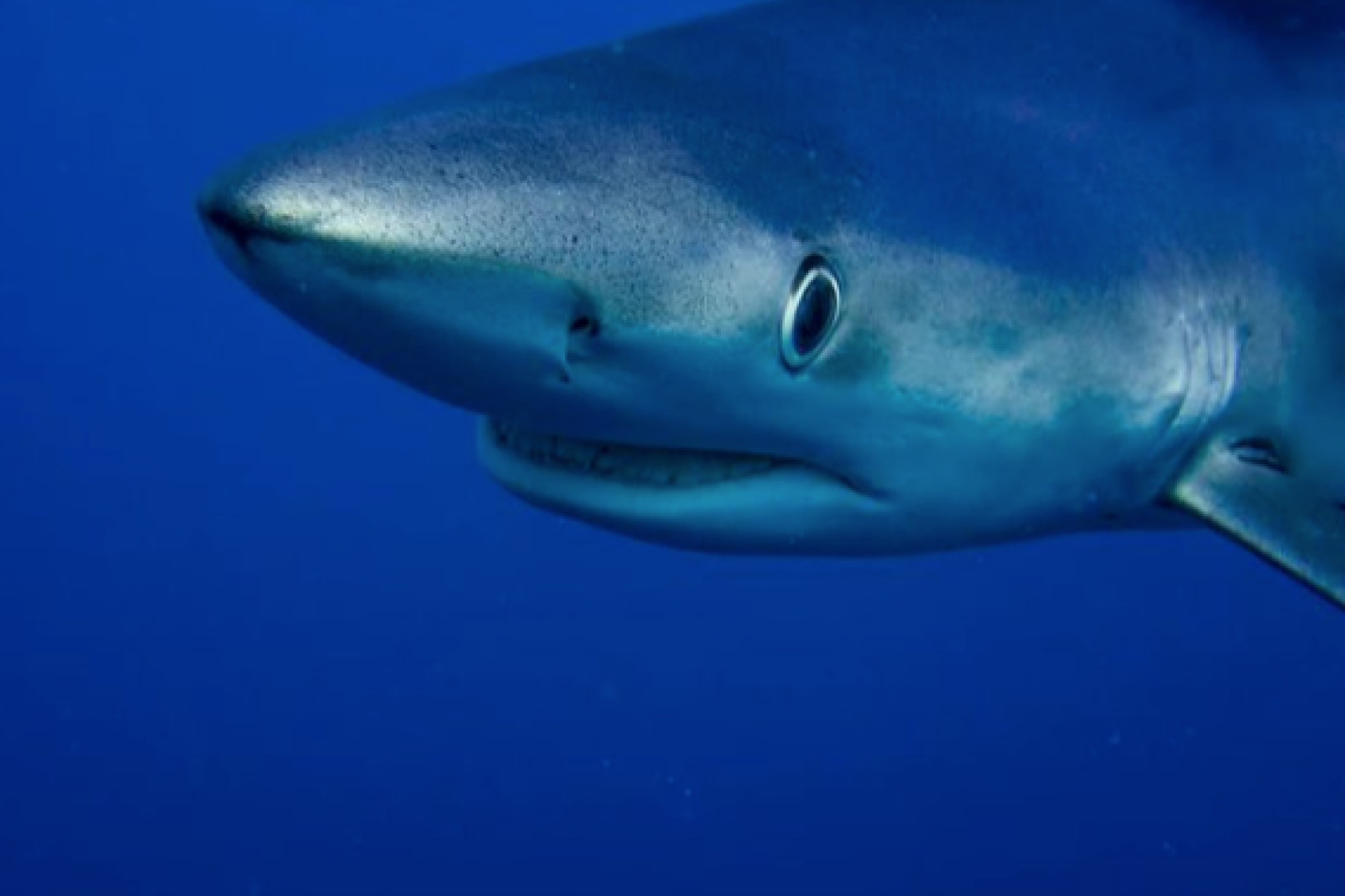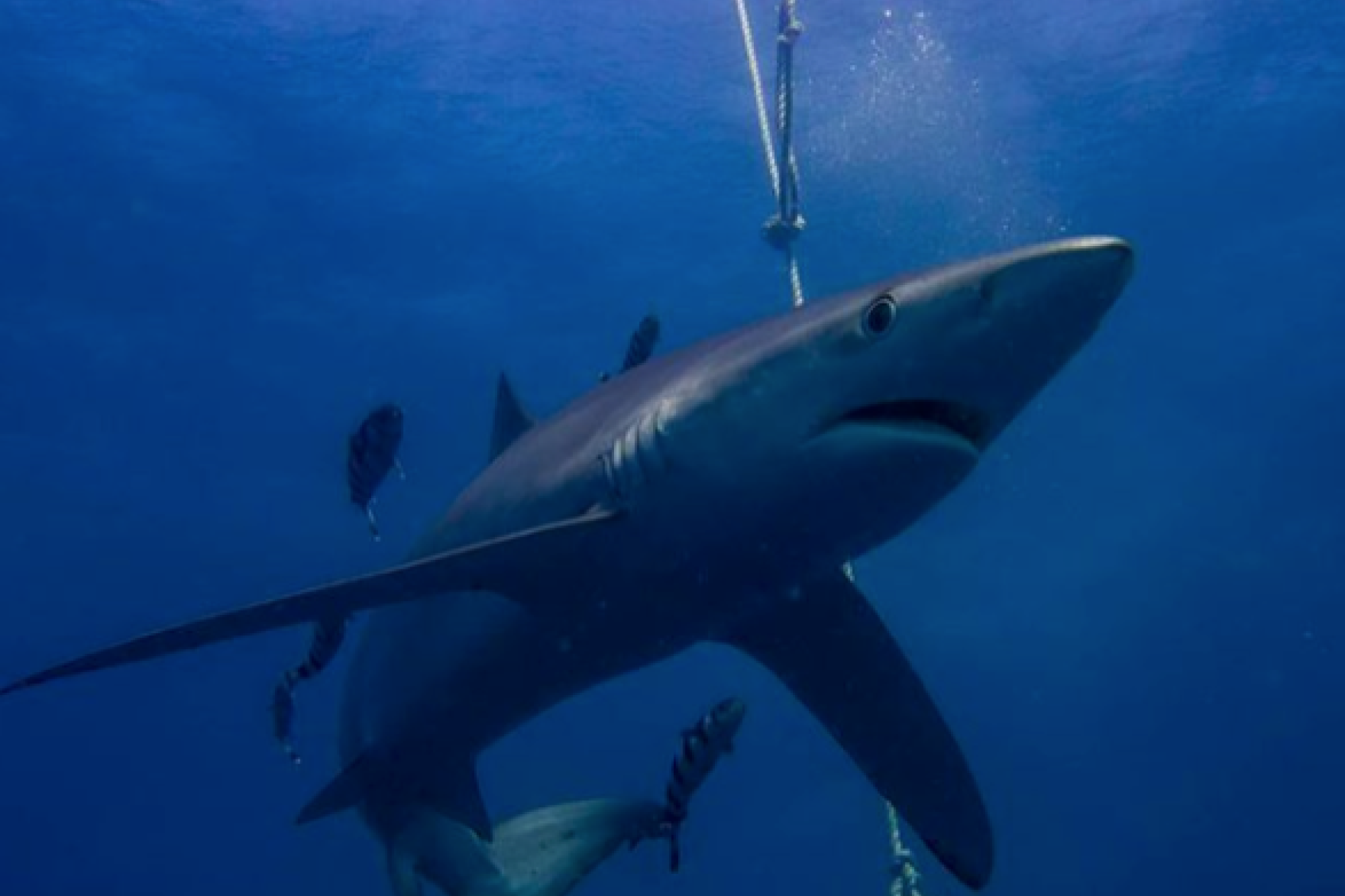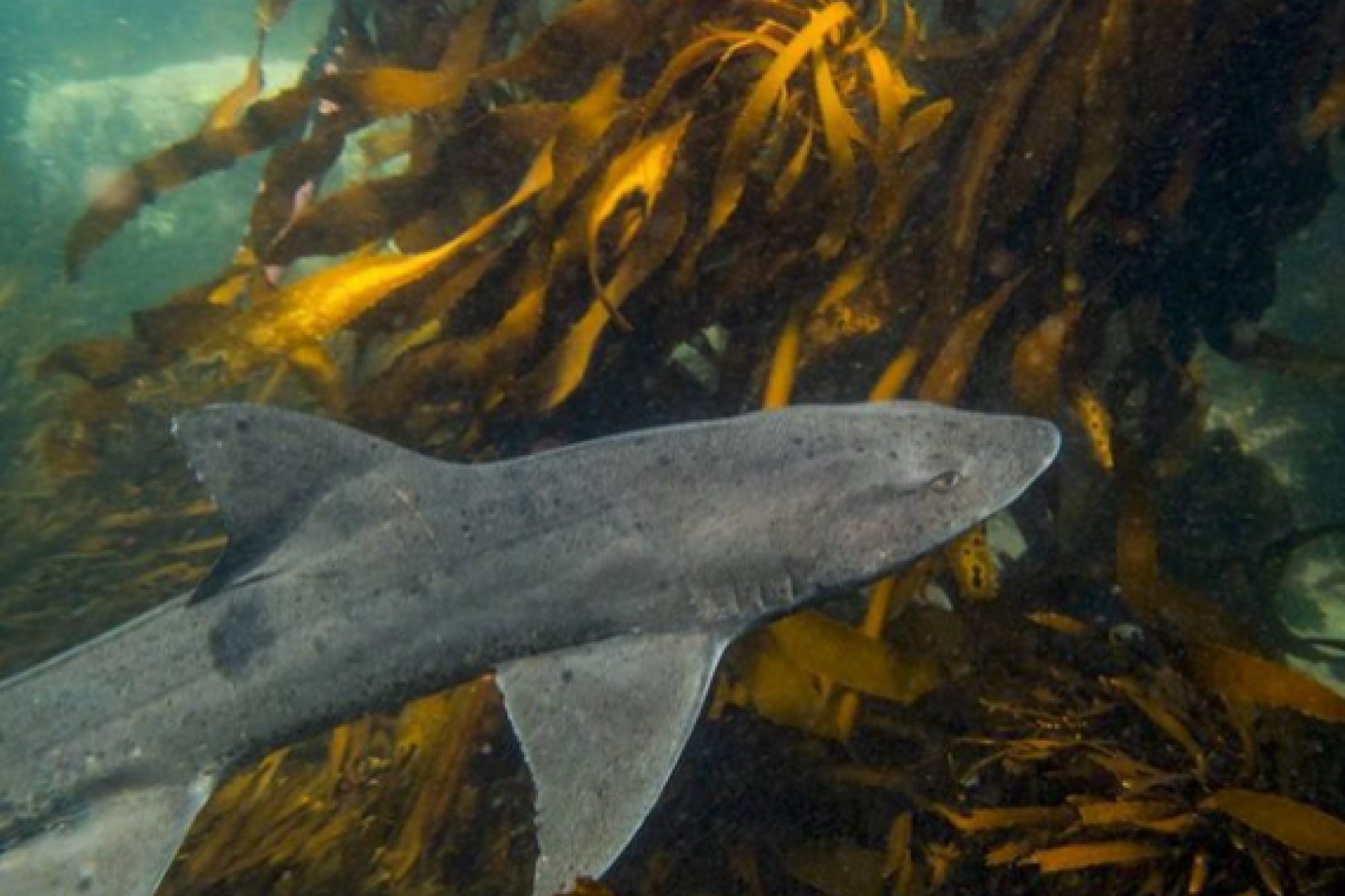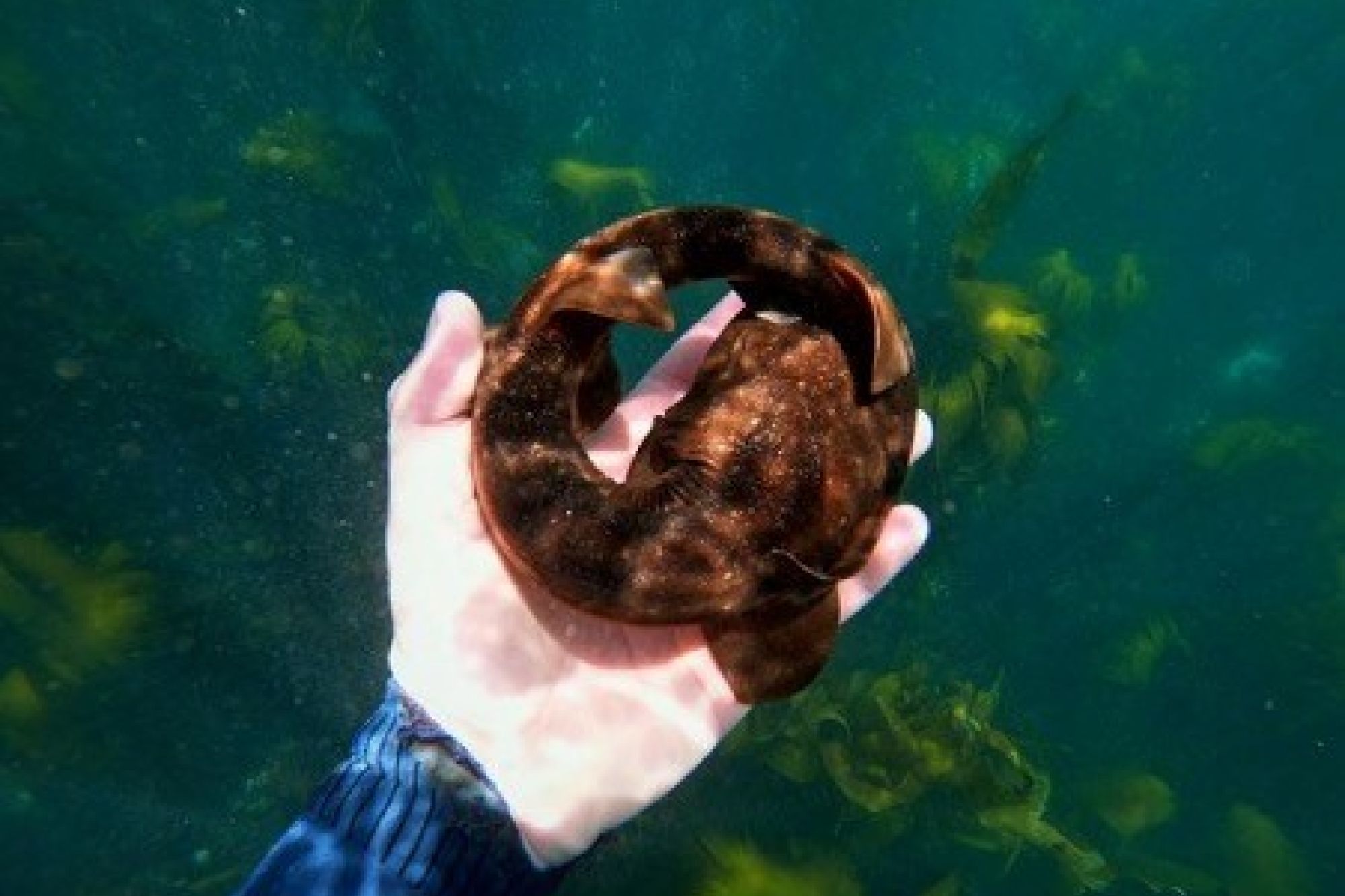
SA's commercial shark industry - are sharks friends or food?
By Alexis Olds and Nicole Horn
Marine fish are divided into two groups, those that have a bone skeleton and those that have skeletons made of cartilage. The cartilaginous group are commonly referred to as sharks. The group actually contains sharks, skates, rays and chimaera. For this article, sharks include all cartilaginous species. Approximately 185 shark species have been recorded in South African waters. There are 15 species that are endemic (occur here and nowhere else) to South African waters and a further 34 to southern African waters. South Africa is a global hotspot for shark diversity as there are two oceans that meet along the coastline allowing for two different environments for species to exist. In terms of their global conservation status, 47 (25%) of the 185 species of sharks are regarded as threatened in terms of the IUCN Red List of Threatened Species. Of these, 37 are regarded as Vulnerable, four as Endangered and six as Critically Endangered. A further 34 (18%) species are regarded as Near Threatened.

Sharks are slow growing, late maturing and have small litter sizes which makes them vulnerable to overexploitation. Unfortunately, critical information about their life cycles and population sizes is still unknown for many shark species. Without this information, it is almost impossible to regulate how many sharks can sustainably be removed from our oceans. Currently, South Africa has eleven fisheries that catch sharks as either bycatch or as a shark targeted fishery. Sharks are often caught as incidental catches by fisheries that focus on more productive teleost species, such as tuna or hake, but are retained as valuable bycatch. Sharks caught by commercial fisheries has led to a significant decline in numbers which is largely due to the high demand for shark fins and fillets (referred to sometimes as flake).

Australia has one of the highest demands for shark fillets and the demand cannot be met by the fishing industry in Australia, thereby resulting in fisheries targeting sharks from New Zealand and South Africa. South African shark species are caught and processed in South Africa and exported to Australia. South African shark meat is also exported to many countries in South America, a few countries in the European Union as well as South Korea. The shark fins from South Africa are sent to Asian countries. A global estimate of sharks killed annually is around 100 million.

All fisheries in South Africa, as well as the processing, sale in and trade of almost all marine resources, are regulated under the Marine Living Resources Act 18 of 1998. Under the terms of the regulations, sharks may not be landed, transported, transshipped, or disposed of with their fins removed, without the authority of a permit. In other words, it is illegal to catch a shark, remove the fins at sea and discard the carcass. There are very few commercial catch restrictions in place for shark species caught in South African waters. Without having accurate information of shark species population sizes, reproductive strategies, and distribution, it is almost impossible to provide accurate catch restrictions.

Considering the increasing threats and decreasing number of sharks in our oceans, in the Department of Environmental Affairs, Forestry and Fisheries along with partners drafted a Biodiversity Management Plan for shark species that occur in our oceans. Researchers have also begun prioritising determining the stock statuses (under-, optimally- or over exploited) of shark species which are commercially caught. Marine protected areas are also crucial in protecting shark species as they offer areas of refuge especially to young and sub-adult sharks. The De Hoop Marine Protected Area is often home to large aggregations of threatened juvenile sharks. In the MPAs, they can safely mature and have the opportunity to reproduce, ensuring population numbers stay above critical levels.




